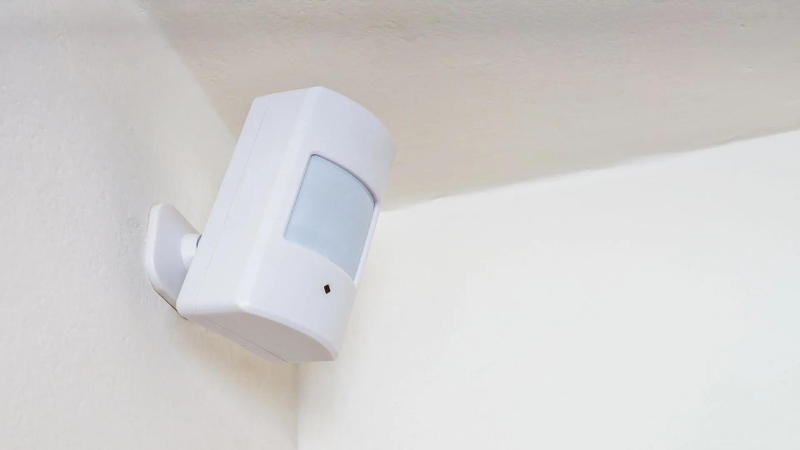What Is a Motion Sensor?
A motion sensor is a device that detects and measures movement in a specific area. It uses various technologies, such as infrared (IR), ultrasonic, microwave, and passive infrared (PIR), to sense motion. When a motion sensor detects movement, it can trigger an action, such as turning on lights, sounding an alarm, or activating a camera.
Heisener, a leading online electronic parts and components supplier, offers a wide range of clamping diodes to meet the diverse needs of electronic circuit designers.
The Common Types of Motion Sensors
Passive Infrared (PIR) Sensors Passive Infrared (PIR) Sensors are among the most commonly used motion sensors. They detect infrared radiation emitted by warm objects, such as humans and animals. PIR sensors contain pyroelectric materials that generate an electrical signal when they detect changes in infrared radiation within their field of view. When a warm object moves across the sensor's range, it causes a rapid change in infrared levels, triggering the sensor. These sensors are highly effective in security systems, where they detect unauthorized movement, and in automatic lighting systems, where they turn lights on or off based on occupancy.
Ultrasonic SensorsUltrasonic Sensors operate by emitting ultrasonic sound waves and measuring the time it takes for the echoes to return after bouncing off an object. When a moving object disrupts the pattern of returning sound waves, the sensor detects this change and generates an electronic signal. Ultrasonic sensors are known for their ability to cover large areas and detect movement through obstructions, making them suitable for applications such as automatic door openers and industrial automation. Additionally, Microwave Sensors emit microwave pulses and measure their reflection off moving objects. They are highly sensitive and can detect motion through walls and other obstacles, often used in security and intrusion detection systems.
Where to Use Motion Sensors?
Motion sensors are versatile devices commonly installed in residential, commercial, and industrial settings. In homes, motion sensors are typically placed at entrances, hallways, stairwells, and near valuable items to detect and alert homeowners of any unauthorized movement. They are also used to automate lighting systems, turning lights on or off based on occupancy, which helps in conserving energy and reducing utility bills. In commercial and industrial environments, motion sensors will provide real-time monitoring and alerting security personnel of any unusual activity. They are often installed in offices, warehouses, and retail spaces to protect assets and ensure safety. Additionally, motion sensors are used in automated systems for lighting, heating, and ventilation, optimizing energy usage and improving overall operational efficiency. By strategically placing motion sensors in high-traffic areas and critical zones, businesses can enhance security measures and create a more energy-efficient environment.
Tips for Installing Motion Sensors
Here are some tips for installing motion sensors in your home or business:Install sensors at entrances: Motion detectors applied to doors and windows to monitor entry points.Place them in high-traffic areas: Installing sensors in hallways, stairwells, and other frequently used paths increases the chance of detecting an intruder. It's also effective to position sensors near rooms containing valuables, as these are likely targets for thieves.Avoid placing PIR sensors near heat sources: Since PIR sensors detect temperature changes, placing them near vents, furnaces, or fireplaces can result in false alarms.The sensor can not be obstructed: Blockages can prevent sensors from working properly. For example, a motion sensor light installed above a driveway might be obstructed by a parked car, limiting its effectiveness. Choose locations where the sensor's view is clear and unobstructed.
FAQs about Motion Sensors
Can motion sensors work in the dark?
Yes, most motion sensors, especially PIR sensors, work effectively in the dark as they detect infrared radiation rather than relying on visible light.
What are common uses for motion sensors?
Motion sensors are commonly used in security systems, automatic lighting, energy management systems, and smart home devices.
What is the difference between a PIR sensor and a microwave sensor?
PIR sensors detect changes in infrared radiation, while microwave sensors emit microwave pulses and detect the reflection of moving objects. PIR sensors are generally better for detecting stationary objects, while microwave sensors are more effective for detecting motion through walls and other obstructions.



